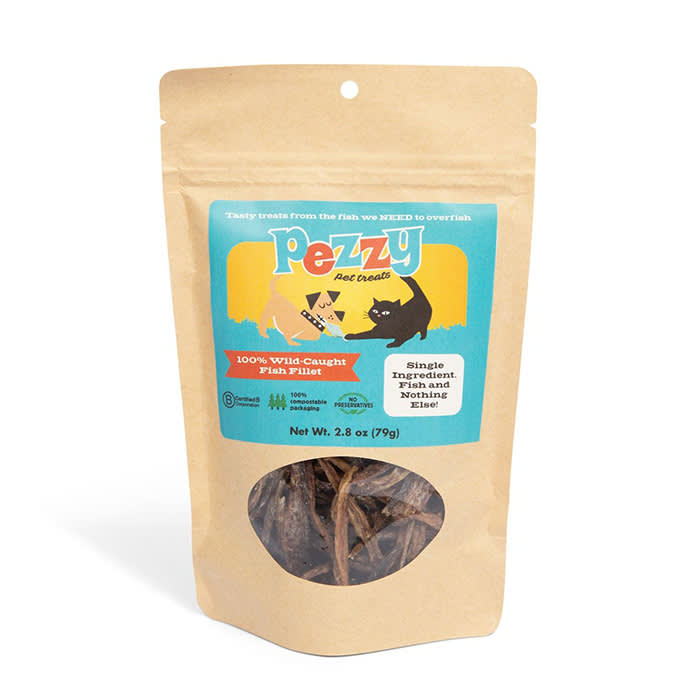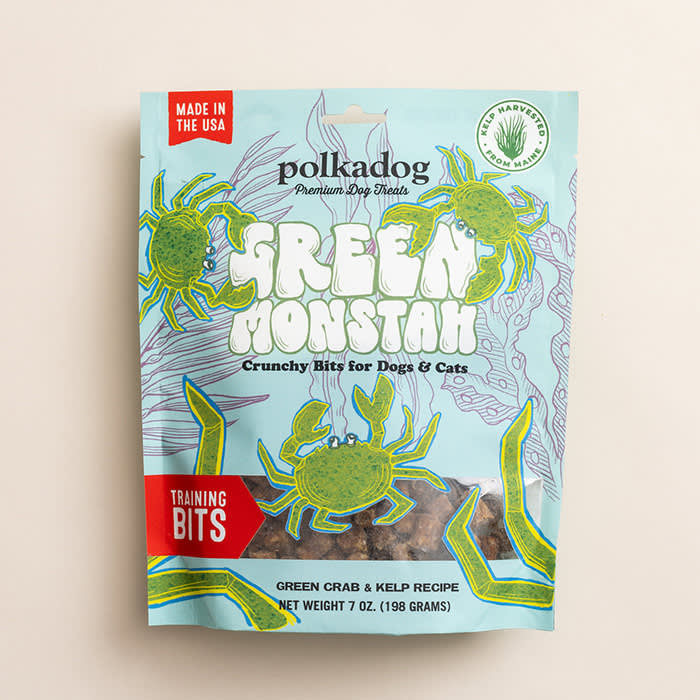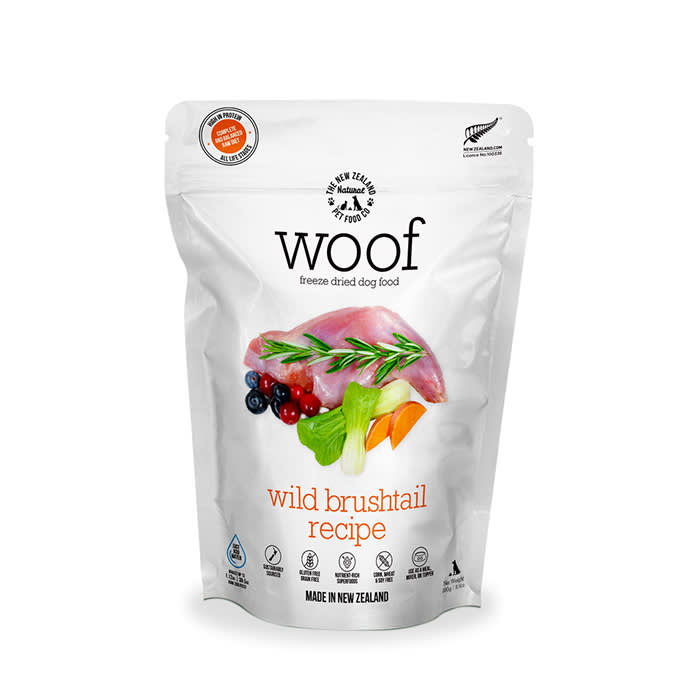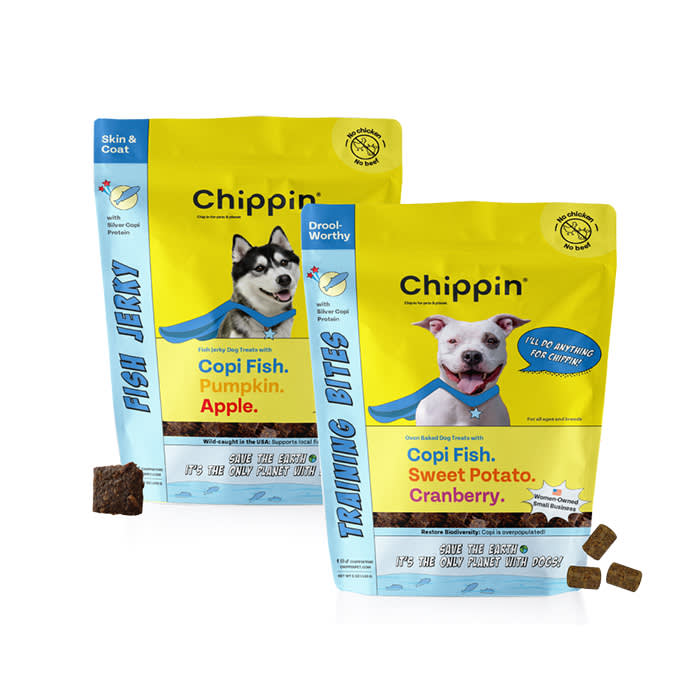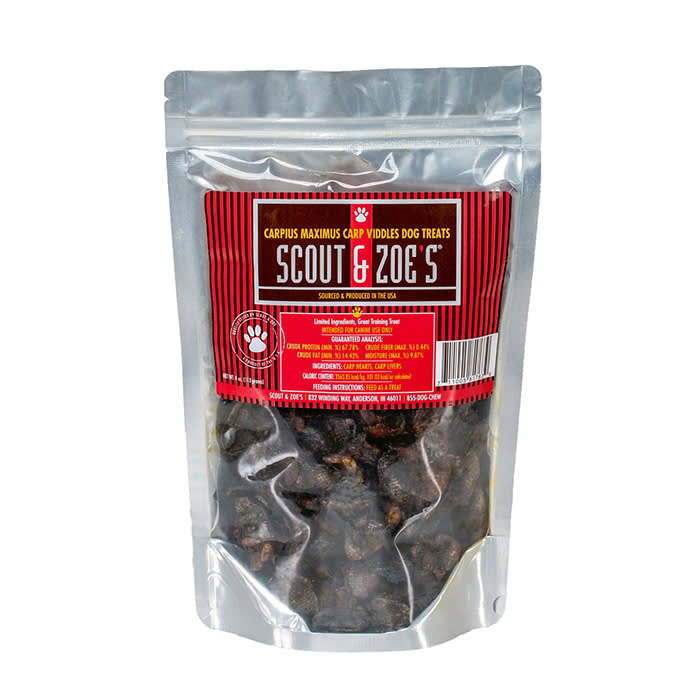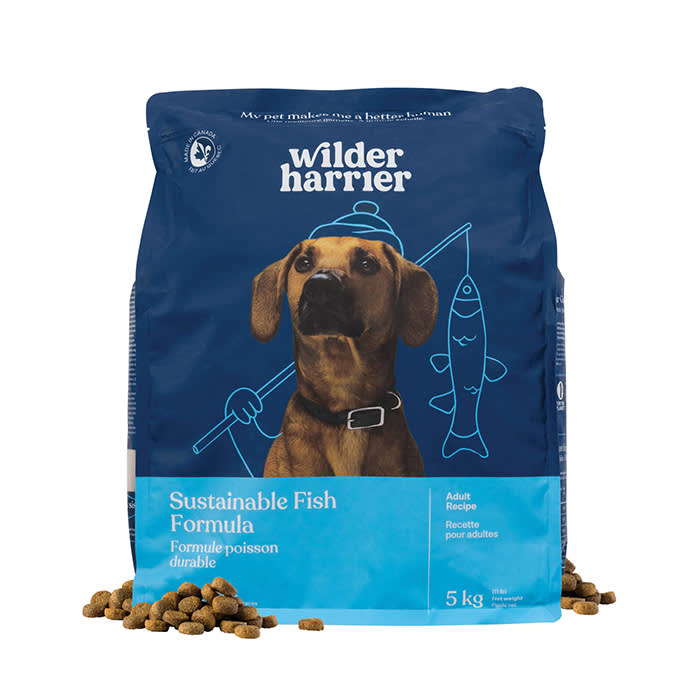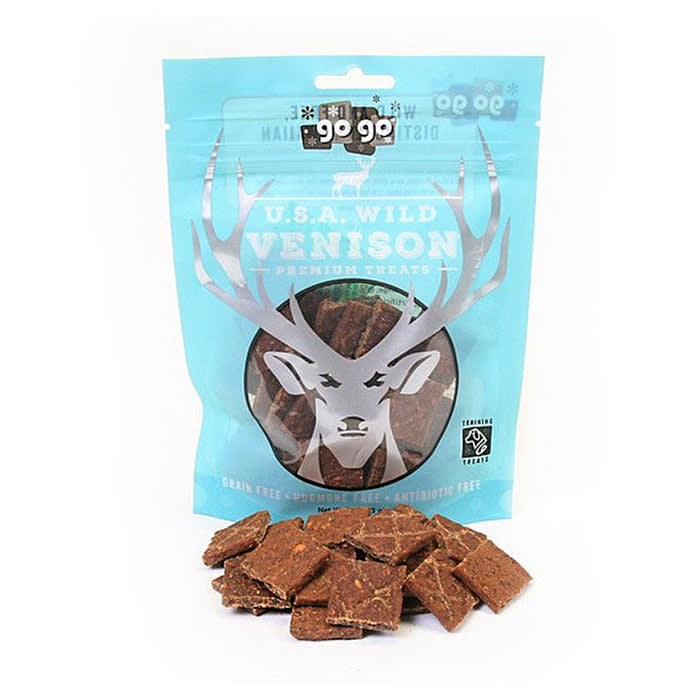8 Invasive Species Treats That Are Welcome in Your Dog’s Bowl
The pet food industry wants to rebalance ecosystems one green crab treat and nutria snack at a time. Here are some options to shop from.
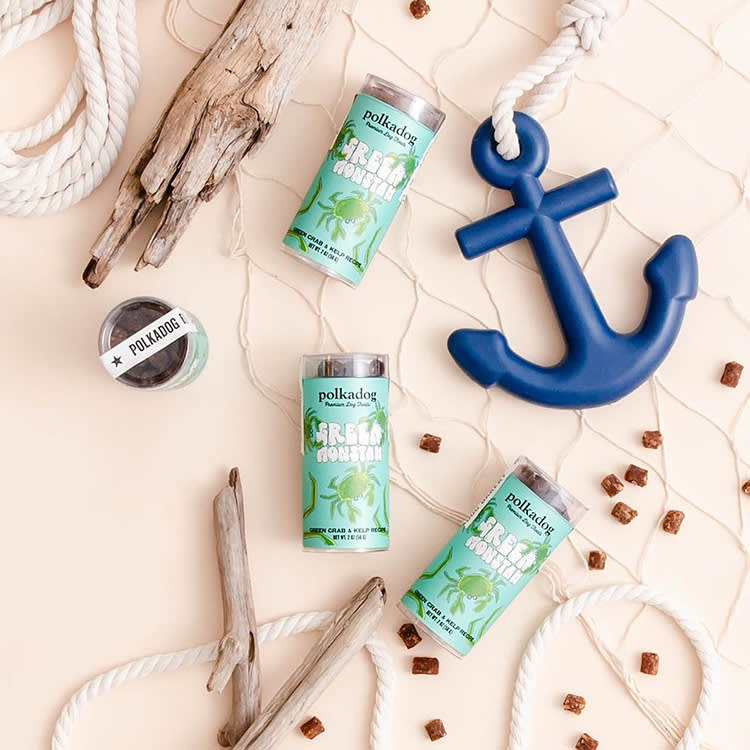
Share Article
The first commercial pet food, a “Meat Fibrine Dog Cake”opens in a new tab from the 1860s, contained an alluring mix of wheat flour, vegetables, beetroot, and beef blood. In the decades since, we’ve fed our pets every combination of meat, vegetable, grain, and legume under the sun, and even thrown in some cricketsopens in a new tab for good measure.
Now, some pet food options include invasive species. Like the fruit flies living rent-free on your kitchen counter, invasive speciesopens in a new tab are organisms that cause harm after being introduced to new and non-native environments.

Get (totally free) deals for food, treats, accessories, tech, and way more pet parenting must-haves.
opens in a new tabOnce an invasive species has established itself in an area, it’s nearly impossible to eradicate — that is, unless your hungry pet has anything to do with it.
Devil fish and Axis deer and green crab, oh my!
A number of pet food brands are now incorporating invasive species into some or all of their products as a way to rebalance ecosystems and support local hunters and fishers.
Take Pezzyopens in a new tab, which got its start in 2021 selling treats made from armored catfish from Mexico, where the fish is not-so-affectionately known as devil fish (pez diablo). The bony black fish was introduced from Brazil in the early 2000s, likely through the aquarium trade, and has gone on to inundate the region. “There are places I can just go reach into the water and grab one,” Mike Mitchell, Pezzy’s founder and CEO, tells Kinship.
About 2,000 miles north in the Great Lakes area, shimmering silver carp, originally from China, suck up the local plankton supply. These invasive fish weigh up to 60 pounds and can consume between 20-120 percent of their body weight in plankton a day. When Wilder Harrieropens in a new tab, a Canadian dog food company, was deciding which novel proteins to use for its early products a few years ago, the silver carp beat out other options like seaweed and yeast protein due to its sheer scale and potential impact.
At this year’s Global Pet Expo, 21-year-old Polkadogopens in a new tab, a Boston-based dog food brand, announced their new Green Monstah treats made from brown rice, potato flour, local kelp, and green crab — a pesky crustacean that was introduced to New England waters from across the Atlantic in the mid-1800s.
And not all invasive products come from the sea, either. You can now also find treats made from Axis deer in Hawaiiopens in a new tab, raw food from Wild New Zealand Venisonopens in a new tab, and dog snacks made from Louisiana Nutriaopens in a new tab — all species that are causing economic and/or ecological havoc in the regions where they’ve been introduced.
Why are invasive species so harmful?
When invasive species arrive in a new area, they often don’t have any natural predators, so they can multiply rapidly. Once they do, they outcompete native species for food and other resources. Some studies estimate that these species are now the second most common driver of extinctionopens in a new tab globally.
Once established, invasive species cause significant economic damage to local communities. In Mexico, for example, the armored catfish outcompetes valuable species like the Nile tilapia, reducing its populationopens in a new tab by an estimated 83 percent and leaving commercial fishers at a loss of product to sell.
Deb Suchman, the co-founder of Polkadog, tells Kinship that climate change is also making some invasives even more prolific. “There's a sharp increase in green crab populations based on the warming water,” she says.
Restoring areas that are overrun with these species is a massive and very costly undertaking. “It was obvious when we started during research that this was a huge problem. It’s billions of dollars lost in fisheries to try to rebalance the ecosystem,” says Wilder Harrier co-founder Paul Shenouda. The Army Corp of Engineers has even floated the idea of constructing a massive physical barrier in the Great Lakes region to control Asian carp migration, which would cost upwards of $18 billion and take 25 years to buildopens in a new tab.
While it won’t solve the problem of invasive species altogether, pet food can provide another avenue for making money off of these critters and help ease some of the pressure on local communities and ecosystems.
But wait, are they healthy to eat?
Since invasive species are not commonly consumed, some customers have pre-conceptions that they are not edible, are contaminated with heavy metals, or are otherwise toxic.
“People have definitely looked at us like we’re just trying to feed scraps to their dogs,” Shenouda says. While the skepticism is understandable, it’s usually unwarranted. Oftentimes, invasive species are regularly consumed by humans — just not in the regions where they’re caught.
While silver carp is a popular dinner fish in some Asian countries, for example, its abundance of small bones makes it too much of a nuisance for producers in the U.S. to filet. But Kinship Collective member and integrative veterinarian Dr. Lindsey Wendtopens in a new tab notes that it’s perfectly healthy. In fact, since it feeds on phytoplankton and zooplankton, it’s less likely to be contaminated with heavy metals compared to other popular fish like tuna and salmon.
The green crab is similar. Its meat is edible; it’s just hard to extract. Dr. Wendt notes that these crabs are also a source of phosphorus, zinc, copper, calcium, and iron, though they’re a bit high in cholesterol.
The armored catfish’s somewhat menacing appearance doesn’t help it get served up on many plates. But this is another very safe fish to eat, says Dr. Wendt, packed with Vitamin B12, potassium, and phosphorus.
Some invasive species like lionfishopens in a new tab, are venomous (though not poisonous); their venom has to be injected through their spines for the toxin to take effect. For any proteins you’re concerned about, consult with your vet and be sure to seek out versions that are labeled human-grade and they’ll be safe for your furry friend.
Like any ingredient that is new to your pet, these also need to be introduced slowly so as not to overwhelm their digestive system. “I recommend providing a small amount of the new protein to start and then gradually increasing the amount offered over a seven to 10 day period of time,” Dr. Wendt says. “Monitor for things like changes in stool quality, itchiness, vomiting or decreases in appetite. During the initial introduction, you may notice a small amount of softer stool, but if it corrects within a few days, that isn’t a major concern. Diarrhea, vomiting, and itchiness are all reasons to stop the introduction immediately.”
Looking ahead
To date, Pezzy has cleared around 80 tons of invasive fish (they also sell products made from lionfish and silver carp) from waterways. Wilder Harrier has removed more than 14,000 invasive silver carp from U.S. lakes and rivers. Polkadog’s Green Monstah line is also picking up traction out of the gate, and Deb notes that her dogs can’t get enough of the crunchy, savory treats.
Of the many iterations of dog and cat food through the ages, this might just be the one that’s the most innovative — proof that feeding our pets doesn’t have to come at the expense of the planet.

Emma Loewe
Emma is a writer, editor, and environmentalist based in New York City. She is the senior sustainability editor at mindbodygreen, the author of Return To Nature: The New Science of How Natural Landscapes Restore Us (April 2022), and the co-author of The Spirit Almanac: A Modern Guide To Ancient Self-Care. While she doesn’t have any pets of her own, she is a loving dog aunt to Pip the pup.


